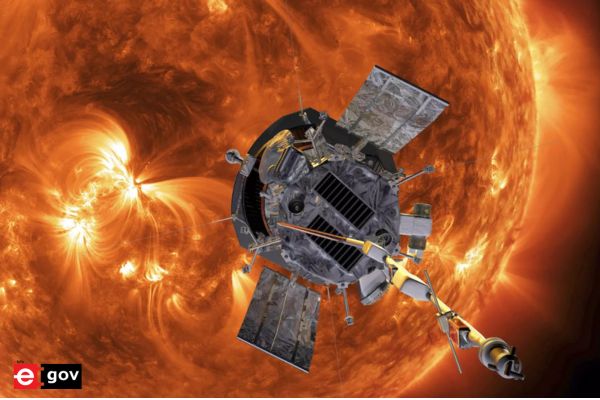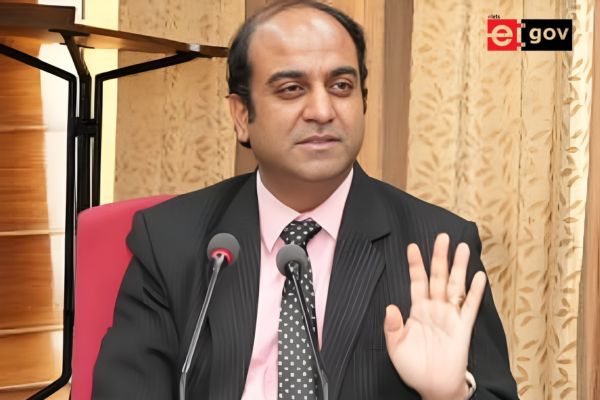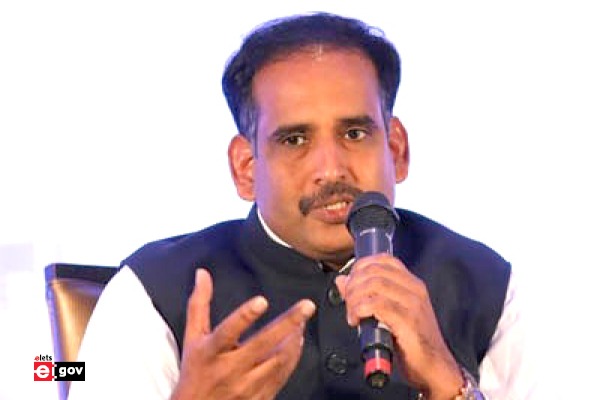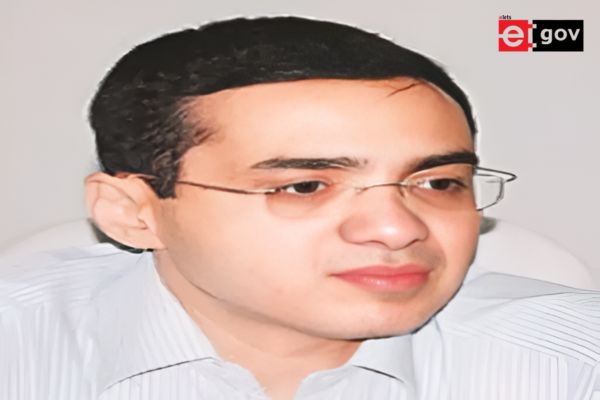
Just days after the successful soft landing of the Pragyan rover on the moon’s south pole, the Indian Space Research Organisation (ISRO) has officially disclosed the launch date for its eagerly awaited solar mission, Aditya-L1. According to an official tweet, ISRO is set to launch the PSLV-C57 rocket carrying the Aditya L1 spacecraft on September 2.
Marking India’s inaugural space-based solar observatory, the Aditya-L1 mission is slated for liftoff on September 2, 2023, at 11:50 IST from the Satish Dhawan Space Center in Sriharikota. Enthusiasts keen on witnessing this event firsthand can register on ISRO’s official website to secure a spot at the Launch View Gallery in Sriharikota.
Traversing an extensive distance of 1.4 million kilometers from Earth, equivalent to four times the distance to the moon, the Aditya-L1 spacecraft will undertake a two-step trajectory. Initially, it will be inserted into a low Earth orbit, following which it will be propelled into a more elliptical orbit, aimed toward the Lagrange point (L1), utilizing its onboard propulsion system.

Named after the Italian-French mathematician Joseph-Louis Lagrange, Lagrange points are strategic positions in space marked by intensified regions of gravitational attraction and repulsion, influenced by the gravitational interplay between the Sun and the Earth. These points offer advantageous conditions for spacecraft propulsion.
The Aditya-L1 mission is equipped with seven distinct payloads, each dedicated to observing various solar layers such as the photosphere, chromosphere, and corona across diverse wavebands. Among these payloads is the Visible Emission Line Coronagraph (VELC) developed by the Indian Institute of Astrophysics (IIA) in Bengaluru. Additionally, the mission features the Solar Ultraviolet Imaging Telescope (SUIT), crafted by the Inter-University Centre for Astronomy and Astrophysics in Pune.

These payloads are poised to provide invaluable insights into understanding phenomena such as the corona’s extraordinary temperatures, which soar beyond a million degrees Celsius, a stark contrast to the Sun’s surface peak temperature of over 6000 degrees Celsius.
ISRO commented, “The SUITs of Aditya L1 payloads are expected to provide the most crucial information to understand the problem of coronal heating, coronal mass ejection (CME), pre-flare and flare activities and their characteristics, dynamics of space weather, propagation of particle and fields etc.”
Be a part of Elets Collaborative Initiatives. Join Us for Upcoming Events and explore business opportunities. Like us on Facebook , connect with us on LinkedIn and follow us on Twitter, Instagram.
"Exciting news! Elets technomedia is now on WhatsApp Channels Subscribe today by clicking the link and stay updated with the latest insights!" Click here!













